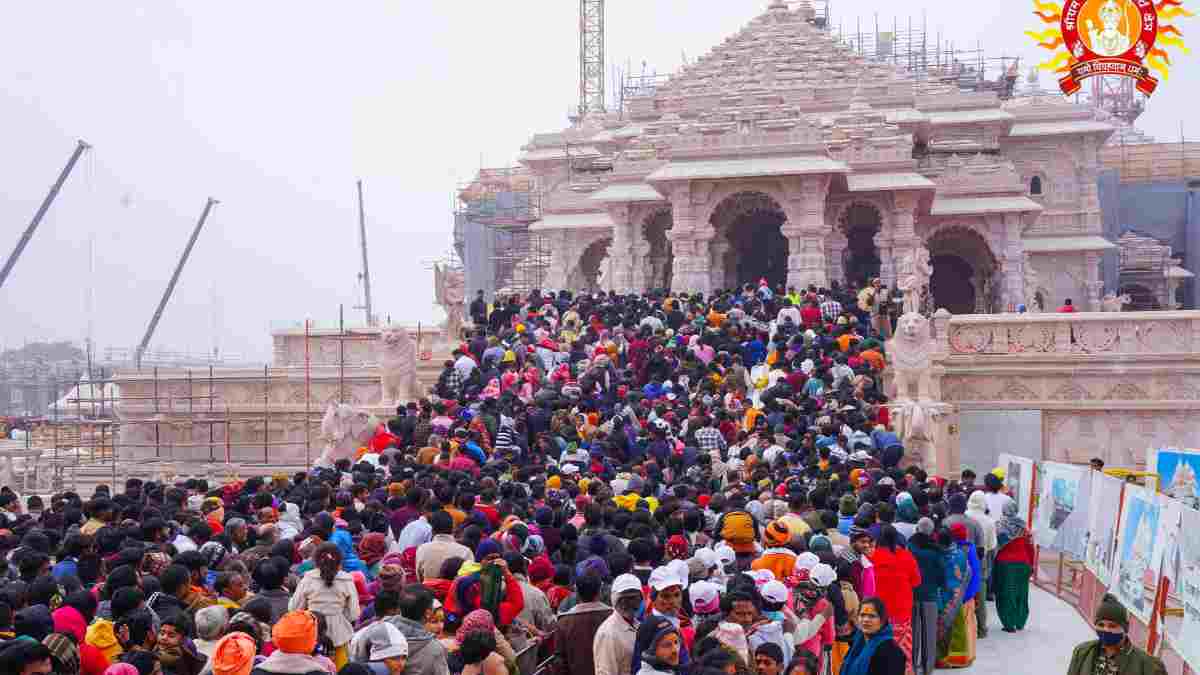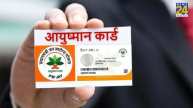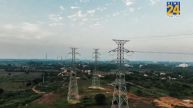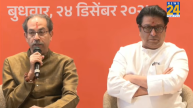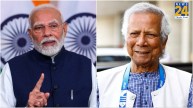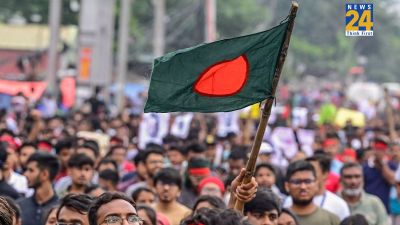Ayodhya is buzzing with excitement with thousands of devotees flocking to the Ram Mandir as it celebrates its first anniversary of Pran Pratishtha ceremony today. About a year ago, on January 22, 2024, the grand Pran Pratishtha ceremony of Ram Lala was held in Shri Ram Temple, Ayodhya.
However, behind this momentous event lie a long legal battle that lasted for decades. The journey from the construction of the Ram Temple till its completion was marked by numerous challenges. The Babri Masjid dispute, prolonged court battle, and the landmark decision of the Supreme Court were all parts of the historic event.
Timeline Of Babri Mosque-Ram Mandir Dispute:
1528: Construction of Babri Mosque by Mughal commander Mir Baqi under first Mughal ruler, Babur.
1853: The conflict became legal in 1853, 330 years after the construction of Babri Mosque. Hindu section claimed that the masjid was built during Babur’s reign after destroying the Ram Temple.
1859: The British colonial administration divides the site into two sections for Hindus and Muslims. Muslims were allowed to pray inside the temple, while Hindus were permitted to worship in the outer courtyard.
1949: The government declares the masjid a ‘disputed property’ on December 23. Gates were locked up after idols of Ram deity were unveiled by Hindu priests inside the dome, according to reports.
1950-61: A total of four suits were filed in the court with Hindu section demanding rights to perform rituals at the site. On the other hand, a Muslim group sought declaration and possession of the structure.
1984: Hindu far-right groups forms a committee, including the Vishwa Hindu Parishad (VHP).
1990: BJP leader Lal Krishna Advani leads a nationwide campaign to construct mandir in the place of masjid. Violence erupts nationwide followed by Advani’s arrest in Bihar.
December 6, 1992: Thousands of Hindus gather in Ayodhya on December 6, demolishing the 16th-century mosque. Hindu-Muslim riots erupts across the country.
December 16, 1992: Ten days after the mosque’s demolition, the central government establishes the Liberhan Commission to investigate the incident.
2003: A court-ordered survey begins at the site to determine the presence of a Hindu temple. The survey uncovers evidence of a temple beneath the mosque.
2009: After nearly 17 years, the Liberhan Commission submits its findings, naming several BJP leaders and RSS members as responsible for the mosque’s demolition.
2010: The Allahabad High Court rules that the disputed 2.77-acre site should be shared between Hindus and Muslims, with two-thirds allocated to Hindu groups (Nirmohi Akhara sect and Ramlalla Virajman) and the remainder to the Muslim group (Sunni Central Wakf Board, UP).
2011: The Supreme Court suspends the High Court ruling after appeals from both Hindu and Muslim groups.
March 21, 2017: The Chief Justice of India suggests an out-of-court settlement between Hindu and Muslim parties.
April 19, 2017: The Supreme Court reinstates conspiracy charges against key leaders, including Advani, Murli Manohar Joshi, and 13 others in the mosque demolition case.
March 21, 2017: The Supreme Court offers to resolve the matter through mediation.
August 2, 2019: Mediation fails
November 9, 2019: The Supreme Court ruled that the land should be transferred to a trust for the construction of a Hindu temple with certain conditions. Additionally, a separate plot of land in Ayodhya was allocated to Muslim groups.
February 5, 2020: A 15-member Shree Ram Janmabhoomi Teerth Kshetra Trust was formed to manage and oversee the construction of the temple.
August 5, 2020: The Prime Minister lays the foundation stone for the Ram Temple.
January 22, 2024: Temple Consecration

